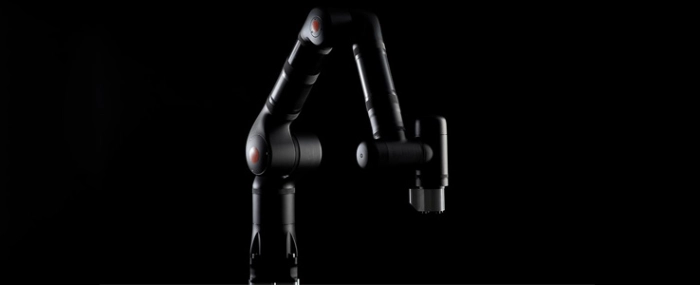
© Kassow Robots
Analysis |
Global industrial robot sales doubled over the past five years
A new record high of 381’000 units were shipped globally in 2017 – an increase of 30% compared to the previous year, says the new World Robotics Report from the International Federation of Robotics.
This means that the annual sales volume of industrial robots increased by 114% over the last five years (2013-2017). The sales value increased by 21% compared to 2016 to a new peak of USD 16.2 billion in 2017.
“Robots evolve with many cutting-edge technologies. They are vision recognition, skill learning, failure prediction utilizing AI, new concept of man-machine-collaboration plus easy programming and so on. They will help improve productivity of manufacturing and expand the field of robot application,” says Junji Tsuda, President of the International Federation of Robotics. “The IFR outlook shows that in 2021 the annual number of robots supplied to factories around the world will reach about 630,000 units.”
Top five markets in the world
There are five major markets representing 73% of the total sales volume in 2017: China, Japan, South Korea, the United States and Germany – really no surprises there. However, China has significantly expanded its leading position with the strongest demand and a market share of 36% of the total supply in 2017, according to the report.
With sales of about 138’000 industrial robots (2016-2017: +59%) China’s sales volume was higher than the total sales volume of Europe and the Americas combined (112’400 units). Foreign robot suppliers increased their sales by 72% to 103’200 units, including robots produced locally by international robot suppliers in China. This is the first time that foreign robot suppliers have a higher growth rate than the local manufacturers. The market share of the Chinese robot suppliers decreased from 31% in 2016 to 25% in 2017.
Japan´s manufacturers delivered 56% of the global supply in 2017; which makes Japan the world’s number one industrial robot manufacturer. The export rate increased by 45% (2016-2017). North America, China, the Republic of Korea, and Europe were target export destinations. Robot sales in Japan increased by 18% to 45’566 units, representing the second highest value ever witnessed for this country (highest was back in 2000)
The manufacturing industry of the Republic of Korea has by far the highest robot density in the world – more than 8 times the global average amount, the report continues. But in 2017, robot supplies decreased by 4% to 39’732 units. The main driver of this development was the electrical/electronics industry that reduced robot installations by 18% in 2017. The year before, industrial robot installations peaked at 41’373 units.
Robot installations in the United States continued to increase to a new peak in 2017 – for the seventh year in a row – and reached 33’192 units. This is 6% higher than in 2016. Since 2010, the driver of the growth in all manufacturing industries in the US has been the ongoing trend to automate production in order to strengthen the US industries.
Germany is the fifth largest robot market in the world and number one in Europe. In 2017, the number of robots sold increased by 7% to 21’404 units – a new all-time record – compared to 2016 (20’074 units). Between 2014 and 2016, annual sales of industrial robots stagnated at around 20’000 units.
85 robot units per 10'000 employees is the new average of global robot density in the manufacturing industries (2016: 74 units). By regions, the average robot density in Europe is 106 units, in the Americas 91, and in Asia 75 units.

